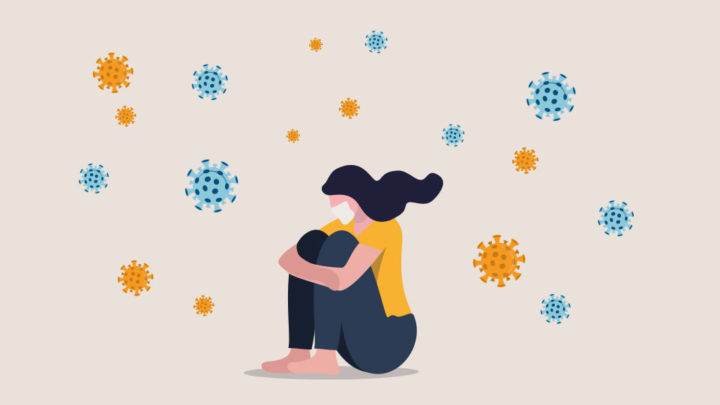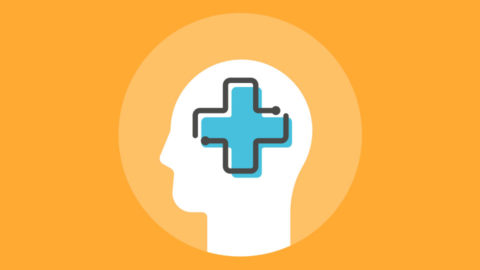The Silent Pandemic of Loneliness

Already pervasive in the modern world, loneliness and social isolation are extending their reach deeper into the American workforce as the COVID-19 pandemic upends the routines and relationships of daily life. The physical distancing required to manage COVID-19 should not be confused with social distancing and isolation.
Helping employees overcome feelings of isolation is more important now than ever, given the serious physical and psychological effects that extended bouts of loneliness can produce, according to a presenter at a recent webinar sponsored by the Pacific Business Group on Health.
Jeremy Nobel, M.D., a primary care physician and faculty member at the Harvard T.H. Chan School of Public Health, laid out the business case for reducing workplace loneliness. Nobel spearheads The UnLonely Project, a signature initiative of the non-profit Foundation for Art & Healing, designed to broaden public awareness about the negative health consequences of loneliness while promoting creative arts-based approaches for reducing the burden of isolation.
The Toll of Loneliness
Loneliness—defined as the subjective discrepancy between desired and actual social relations—had already reached epidemic levels in the U.S. before the onset of COVID-19, according to Nobel. A January survey found that 79% of people who are part of Generation Z, 71% of millennials and 50% of baby boomers feel lonely.
Nobel said loneliness is especially prevalent among individuals under significant stress or facing difficult life circumstances, such as chronic illness, disability or the loss of a loved one. Those who may be particularly vulnerable include minorities, veterans, LGBTQ employees, caregivers, pre-retiree workers and anyone with a major or chronic physical or mental illness condition. Specific age groups, notably adolescents, young adults and older adults, appear at higher risk as marked by growing incidence of depression, substance abuse and suicide.
The health impacts of loneliness are significant:
- Evidence indicates substantial negative effects on mental health, including worsening depression, anxiety and cognitive decline.
- Loneliness is more likely to result in higher rates of cardiovascular illness, chronic pain and fatigue. Research suggests the long-term physical harm of loneliness is not unlike the health effects of obesity or smoking, increasing the risk of mortality by up to 30%.
In the workplace, loneliness drives up the cost of care and also affects employee performance, morale and retention, according to Nobel. It contributes to stress and burnout and can reduce workers’ ability to collaborate effectively and engage with customers and co-workers. Further, loneliness undermines the development of a culture of inclusion and belonging.
New concerns have emerged with the pandemic, including increased risk for depression, suicide and addiction; productivity and performance declines; and greater risks of abandonment of self-care for pre-existing chronic conditions.
Employer Strategies
Nobel pointed to several strategies employers can pursue to help employees mitigate feelings of loneliness. These include:
- Education: Communicate the physical and mental risks related to isolation and loneliness, and clarify the relationship between stress, burnout and social isolation – both at home and in the workplace
- Engagement: Build on existing employee assistance programs (EAP) with additional activities designed to promote engagement and connection, including initiatives that specifically address mindfulness and purpose; emphasize stress management and resilience skill-building
- Access: Make it easy for people to ask for help, expand mental first-aid training and explore peer-to-peer support programs
- Measurement: Think of mental health as a vital sign. Screen for loneliness risk using employee surveys, performance indicators and claims, and be sensitive to early, mid-stage and advanced levels of impairment
Because engaging in creative activities can have a positive effect on both mental and physical health, organizations should also explore opportunities for promoting the development of creative outlets.
To learn more about the role of creativity in improving health, visit The UnLonely Project and a companion initiative, Stuck at Home (together).


